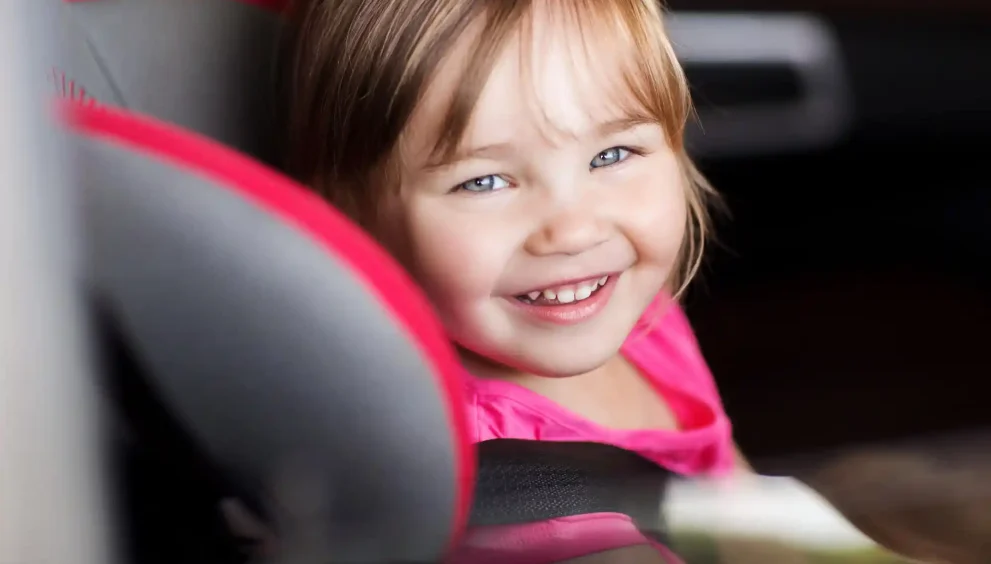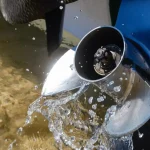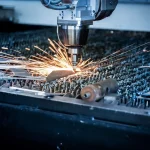11 Safety Features to Look for in a Forward-Facing Car Seat

Choosing the right car seat for your toddler is one of the most important decisions you’ll make as a parent. It’s not just about comfort. It’s about ensuring your child’s safety every time you get in the car.
In this article, we’ll discuss the key safety features you should look for in a forward-facing car seat.
Importance of Car Seat Safety
Car crashes are a leading cause of injury and death among children. As kids grow, their car seat needs to change. When it’s time for a forward-facing seat, it’s essential to know the key features that offer the best protection. Find out from Safe Ride 4 Kids which car seat is best for your child’s age and size.
1. Harness System
A five-point harness is one of the most vital safety features of a forward-facing car seat. It has five straps that secure the child at their shoulders, hips, and between the legs. This system helps evenly distribute crash forces across the child’s body, lowering the risk of injury.
Look for a seat with an adjustable harness that can grow with your child. The straps should fit snugly but not too tight. Proper positioning is crucial; the harness straps should be at or above the child’s shoulders.
2. Side-Impact Protection
Side-impact crashes can be very dangerous for children. Forward-facing car seats with side-impact protection can lower the risk of injury. These features usually include extra padding or energy-absorbing materials in the headrest and sides of the seat.
Some seats have advanced systems like air cushions or reinforced frames for extra safety. These help absorb and distribute crash forces away from the child’s head and body. When reviewing a car seat, check for certifications or standards indicating side-impact testing.
3. LATCH System
The Lower Anchors and Tethers for Children (LATCH) system is key for car seat safety. This system has lower anchors and tethers that connect the car seat to the car’s frame.
When using the LATCH system, ensure the car seat is properly installed and doesn’t move more than an inch. Tether anchors are crucial for forward-facing seats. They attach the top part of the car seat to an anchor point in the vehicle, preventing it from tipping forward in a crash.
4. Energy-Absorbing Foam and Structure
Car seats with energy-absorbing foam and strong frames can boost safety. The foam absorbs energy during a crash, reducing the force on your child.
The seat’s frame should be strong and well-made. High-quality materials and solid construction help the seat stay intact during a crash. Look for seats with foam in the headrest and around the seat for maximum protection.
5. Recline and Adjustment Features
A properly reclined car seat improves your child’s safety and comfort. Forward-facing seats with adjustable recline positions let you set the seat at the right angle for your child’s size. The correct angle keeps the child’s head in a safe position, lowering the risk of head and neck injuries.
Look for seats with easy-to-use adjustment mechanisms. These allow you to change the recline angle and harness height without rethreading the straps. This makes it easy to adjust the seat as your child grows.
6. Ease of Installation
Correct installation is crucial for safety. Look for seats with clear instructions and color-coded labels to guide you. Some seats include videos or apps with step-by-step guidance.
A dual installation system that works with both LATCH and seat belts offers flexibility. Ensure the seat you choose fits securely in your vehicle and can be easily installed and removed.
7. Weight and Height Limits
Every car seat has weight and height limits. Choose a seat that fits your child’s current size and offers room to grow.
Check the guidelines for weight and height limits. Don’t switch to the next stage seat too early, as it can compromise safety. Keep your child in a forward-facing seat until they reach the maximum weight or height limit.
8. Comfort and Convenience
While safety comes first, comfort and convenience are also important. A comfortable seat keeps your child content during rides. Look for seats with plush padding and breathable fabrics.
Convenience features like machine-washable covers and cup holders add to the seat’s usability. An easy-to-clean seat is less hassle for parents and stays in good condition.
9. Convertible Car Seats
Convertible car seats can switch from rear-facing to forward-facing, offering versatility. These seats can be used for a long time, accommodating your child from infancy to toddlerhood.
Ensure these seats provide the same level of safety in both modes. Check the weight and height limits and confirm that the seat fits well in your vehicle in either mode.
10. Top Tether
The top tether is key to the safety of a forward-facing car seat. It secures the upper part of the seat to the vehicle, reducing forward movement in a crash.
Ensure the seat includes a top tether and that your vehicle has compatible anchor points. Proper use of the top tether maximizes safety benefits.
11. Built-in Lock-Offs
Built-in lock-offs secure the seat belt, keeping it from loosening during a crash. These create a tight fit, ensuring the seat stays in place.
Look for seats with easy-to-use lock-offs that work with various seat belt designs. These features add an extra layer of safety.
Keep Your Child Safe With a Forward-Facing Car Seat
Choosing the right forward-facing car seat is vital for keeping your child safe. Look for features like a five-point harness, side-impact protection, a LATCH system, energy-absorbing foam, and a sturdy frame. Adjustable recline positions and ease of installation also matter.
Check the seat’s weight and height limits to ensure it fits your child. Safety ratings and certifications offer valuable insights. Comfort and convenience features are also important.
Consider convertible options for longevity. Make sure the seat has a top tether and built-in lock-offs for added safety.
By considering these factors, you can ensure your child’s safety and gain peace of mind. Always follow the manufacturer’s guidelines for proper installation and use. Stay updated with recalls and updates to protect your child on the road.
For similar topics, visit our blog!






